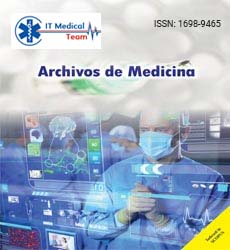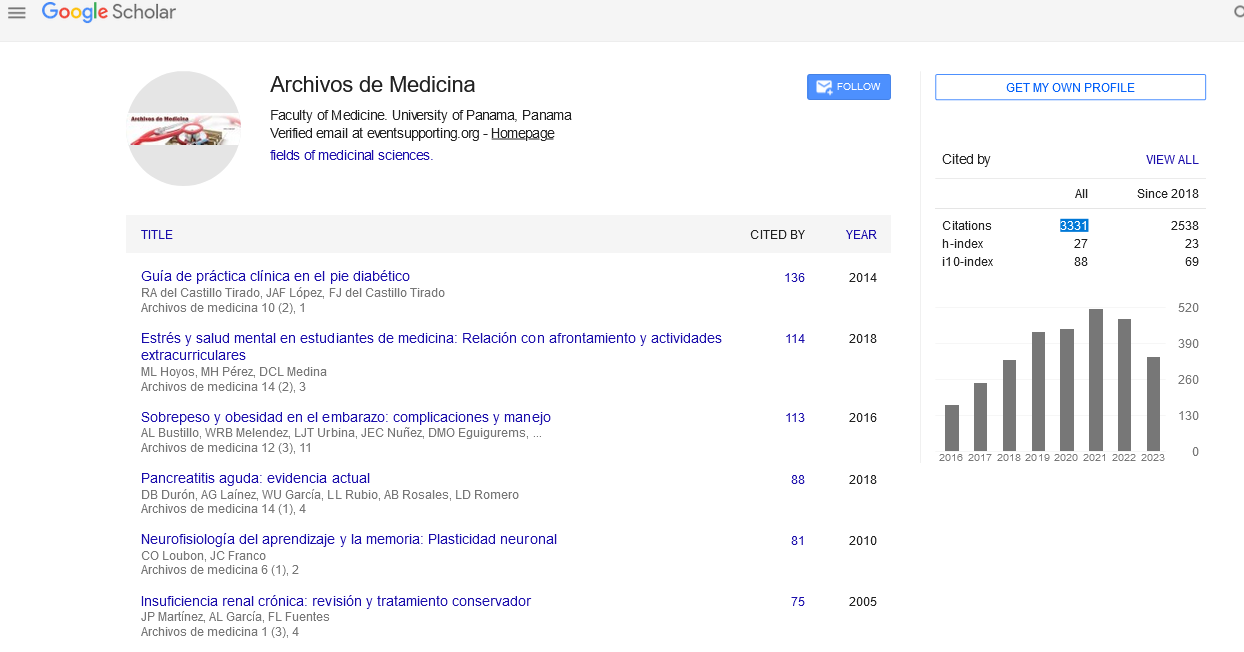Joe Thomas*
Jawaharlal Nehru University, Hyderabad, India
- Corresponding Author:
- Joe Thomas
Jawaharlal Nehru University
Hyderabad, India
E-mail: joe.thomas@gmail.com
Fecha de recepción: October 10, 2020, Fecha de aceptación: October 20, 2020, Fecha de publicación: October 27, 2020
Short Communication
The novel coronavirus is rapidly spreading globally and has put
the entire planet on standby. Despite following strict measures of
hand washing and social distancing, the SARS-CoV-2 virus causing
COVID-19 has been impossible to contain. Nearly 80% of people
infected by coronavirus will develop mild to moderate respiratory
illness which will usually recover without any treatment. However,
this disease can cause serious complications in elderly people and
people with underlying medical problems such as cardiovascular
disease, diabetes, respiratory diseases, and cancer.
Classifying people based on their symptoms is not an exact
science. You may not fit anyone classification exactly or may shift
from mild to moderate symptoms or vice-versa during the course
of illness. With so many people that are affected, everyone may
not fit perfectly into the simple groups of classification. If your
symptoms are predominantly mild, with one or two moderate
symptoms, you may be classified as one with mild to moderate
symptoms. People with COVID-19 are classified broadly as follows:
Silent carriers
• Patients with mild to moderate symptoms
• Patients with moderate to severe symptoms
• Critically ill patients with multi-organ dysfunction
There is recent evidence that COVID-19 can spread through silent
carriers. These silent carriers or spreaders are people who are
infected with coronavirus but show little or no symptoms of the
disease. As a result, these people carry on with their daily lives, meeting family and friends, going to work, and spreading the
disease without their own knowledge.
Mildly symptomatic carriers: People who display very mild
symptoms like a mild cough or may just be feeling a little low come
in this category. The virus mainly affects the upper respiratory
tract and may cause mild cough or mild breathlessness on
exertion. Your fever may not reach 37.8℃. You may lose your
sense of smell, have mild headaches, or develop a runny nose.
Pre-symptomatic carriers: Some people do not develop any
symptoms for up to a week after contracting the disease. They
may later on experience cough, fever, or breathing difficulty.
Asymptomatic carriers: These are people who do not show any
signs or symptoms of the disease on contracting it for the entire
duration of the incubation period. This can last for around 14
days. As a result, they end up transmitting the virus to a lot of
people. This fuels the pandemic in a rapid and dangerous manner.
Asymptomatic and pre-symptomatic cases have been dubbed
“silent spreaders”, and underline the importance of continued
social distancing, regular hand washing and good hygiene when
out and about.
33225





